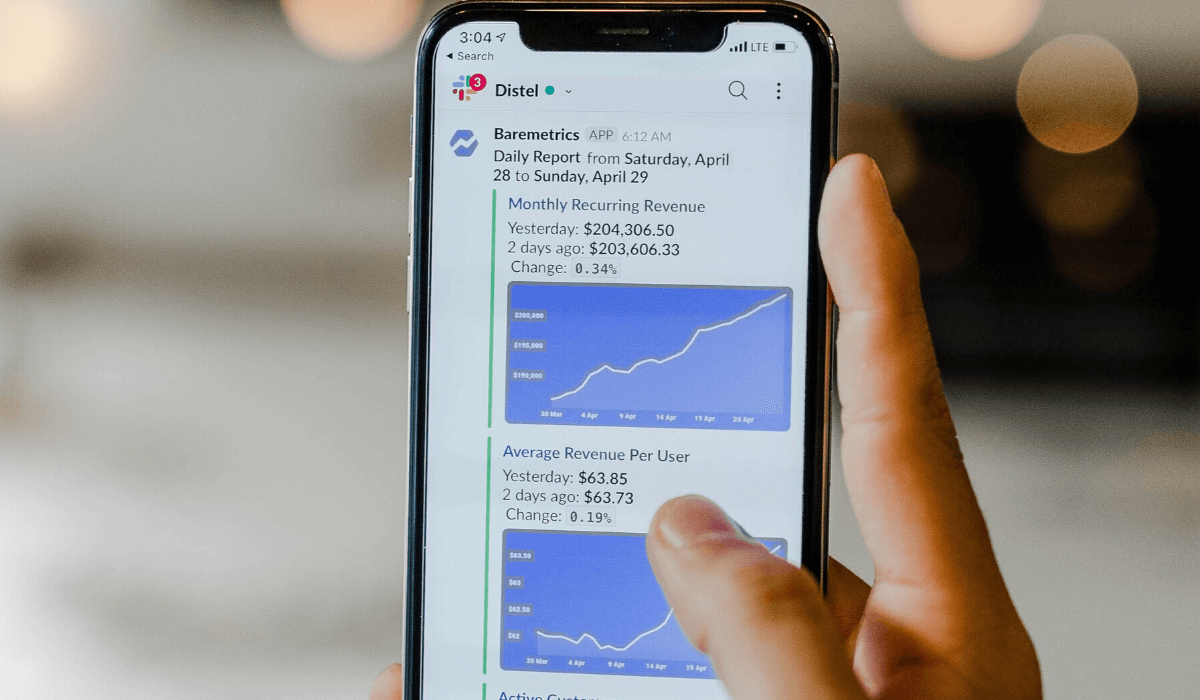If you’re new to LTV, this blog will walk you through customer lifetime value calculation plus how you can improve it. Customer lifetime value (LTV) has to be in balance with customer acquisition cost. If you want a healthy revenue stream and cash flow, you need to know your LTV.
Your LTV—sometimes abbreviated as CLV, CLTV or LCV—shows you exactly what your customers are worth to your business over the course of their entire relationship, not just when they first get in the door with a purchase. It can even raise a flag if it’s time to change your pricing structure or raise prices.
If you’re new to LTV, this blog will walk you through customer lifetime value calculation plus how you can improve it.
The Key Components of Customer Lifetime Value Calculation
There are four metrics you need to know before you can measure your complete LTV. They’re all important in their own right, but you can’t accurately calculate your LTV without them. If you don’t have them already, you’ll need to find your:
- Average purchase value
- Purchase frequency rate
- Average customer value
- Average customer lifespan
Each one of these metrics represents an important aspect of your company’s cash flow or sales pipeline. In a way, you can do a check-up on the financial health of your business by calculating all of these numbers.
Average Purchase Value
Your average purchase value (APV) will depend on your product or service. A SaaS company with a monthly membership pricing structure will have a different average purchase value than, say, a bakery. Customers spend different amounts between those two companies.
To calculate your average purchase value, you need to know how much a customer spends per order. For the SaaS company, this number would be rather stable because of its pricing structure. For a bakery, you’d need to average the amount of money spent in a month by your customers.
Once you have that average, you can calculate your average purchase value by dividing revenue over the number of orders:
APV = Total Revenue/Number of Orders
Purchase Frequency Rate
An average purchase frequency rate (APFR) measures how often a customer makes a purchase at your company in a month or year. This metric can show how busy your company actually is—and for brick-and-mortar stores, that’s especially valuable.
To find your APFR, divide the number of purchases by the number of customers you received at your business.
APFR = Number of Purchases/Number of Customers
Average Customer Value
Customer value (CV) is where your APV and APFR come into play. Specifically, you need to divide your APV by your AFPR:
CV = APV/AFPR
It’s important to note that this isn’t the same as your customer lifetime value. This particular metric shows much revenue a customer is worth in a set period of time, not over their lifetime.
This set period of time—usually a month or year just like your APFR—is a much smaller sample, so stopping at this step would give you an incomplete picture of your customers’ actual value.
Average Customer Lifespan
Your average customer lifespan (ACL) can be tricky to calculate if you don’t have your churn rate. Your churn rate is the percentage of customers you actually lost in a month or year.
The easiest way to estimate your average customer lifespan is to divide one by your churn rate. Another way is to divide the sum of customer lifespans by the number of customers.
ACL = 1/Churn Rate Percentage
ACL = Sum of Customer Lifespans/Number of Customers
If you don’t have your churn rate, you can still calculate it. Divide the total number of customers who purchased from you last year and the current year by just the total customers who bought this year. Then subtract one:
Churn Rate = (Customers from Last Year and this Year/This Year’s Customers)
Calculating Your LTV
Once you have all four of these metrics, you can move on to actually calculating your LTV.
To start with, if you calculated the above metrics within a month instead of a year, you’ll need to multiply your ACV by 12.
The basic formula for calculating your LTV is to multiply your average customer value by your average customer lifetime. Once you have that number, you have your customer’s lifetime value!
LTV = ACV x ACL

LTV: What It Means for Your Industry and Business Model
As pointed out earlier, different pricing structures will somewhat dictate your LTV. A stable pricing structure, like a recurring monthly fee or membership, will make it somewhat easier to calculate lifetime value.
If your customers pay as they purchase, like with a bakery or retail store, it’s a little more challenging. However, that’s not to say it isn’t doable—it definitely is. It just means your LTV will look different.
The easiest way to stabilize your LTV is to have predictable pricing, so your customers know exactly what to expect every time they place an order. Regardless of your industry or if you’re a B2B or B2C company, stable pricing leads to more predictable revenue.
Increasing Your LTV
You always want to have a 3:1 ratio of LTV to CAC. That means for every dollar spent bringing a customer in, you’re generating three dollars over their lifetime in revenue. Keeping this in balance can make up most of your marketing and sales strategy. If your LTV is too low, you’re spending more money than you’re making, which is definitely not sustainable for a business.
So how do you increase your LTV if it’s too low? The obvious answer is to raise prices, but this can hurt your overall customer retention. Beyond raising your prices, there are two strategies: you can upsell your existing customers or you can focus on customer retention.
Upselling
When you upsell an existing customer, you need to make sure your upsell has long-term value. Whatever you’re offering needs to align with your customer’s existing goals, especially if this upsell comes with a recurring cost.
For example, a SaaS company could upsell customers with a feature that enhances the usability of the product as a whole. They could offer customers more storage space, extra tools or user seats. On the other end of the spectrum with brick-and-mortar retailers, customers could be tempted at checkout with extra, smaller products.
Upselling’s effectiveness depends on how you position the upsell, since offering any random upgrade won’t do much. The add-on in question needs to be something of value to your customer, not a temporary boost to your bottom line.
Customer Retention
Customer satisfaction should be a top priority if it already isn’t. Increasing your customers’ satisfaction can increase your profitability by 25% or more at a minimal cost.
Sending out customer satisfaction surveys to get a quick beat on how you’re doing will be your starting point. NPS or Net Promoter Score rates your customer experience on a sliding scale that can quickly point out where you’re falling short. Implementing loyalty programs and customer service strategies are two examples of optimizing your customer retention.
One other important factor of customer retention is holding onto customers that look close to ending their relationship with your company. Bringing those customers back from the edge can signal something that needs to change in your company’s strategy. Collecting that data to improve customer experience is invaluable.
The longer your customers stick with your company, the longer their value contributes to your company’s revenue and profitability. Customer retention is a marathon effort, not a sprint. Don’t make the mistake of only adding customers to your book of business!

Conclusion
Your LTV is the heartbeat of your customer satisfaction and your business’ overall financial reporting. Beyond just knowing your key metrics, calculating your LTV is a good exercise in analyzing your customer satisfaction. From there, you can get to know how you can provide the most value to your customers and see your own recurring revenue rise through improving their experience and increasing retention.






